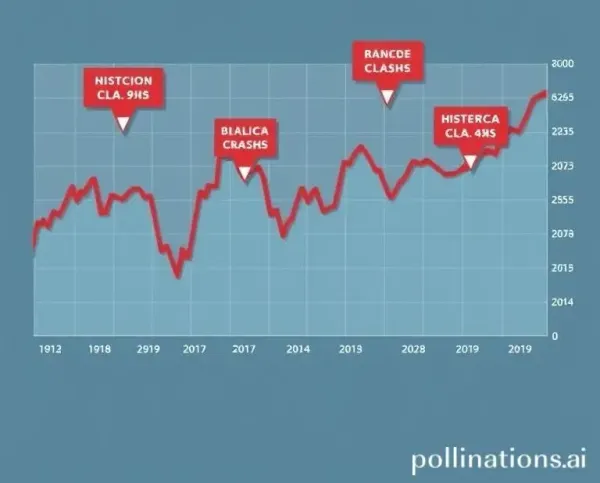How to Start Investing at 31: A Beginner’s Guide to Building Wealth
Discover strategies to begin investing at 31 and grow your wealth with confidence.

Entering the world of investing at 31 can feel like diving headfirst into uncharted waters. But don't worry—you've got time on your side and, more importantly, you’re not alone. In this article, I’m breaking down the basics of starting your investment journey in your early 30s, from understanding different investment types to crafting a strategy that aligns with your financial goals.
The Case for Starting to Invest at 31
So, why start at 31? It’s never too late to begin investing. By taking the plunge now, you're allowing plenty of time for compound interest to work its magic on your financial portfolio. Even if retirement feels ages away, building a comfortable nest egg should start sooner rather than later.

Key Investment Options to Consider
Before jumping in, it's crucial to understand the different investment vehicles available:
- Stocks: Buying shares in individual companies. It’s risky, but historically, stocks offer the highest return.
- Bonds: These are loans to corporations or governments that pay you back with interest. They’re generally seen as safer than stocks.
- Real Estate: Owning property can be a tangible and rewarding investment.
- Mutual Funds & ETFs: These funds pool money from many investors to purchase a diversified portfolio of stocks and/or bonds.

Crafting Your Investment Strategy
Now, let’s talk strategy. Investing without a plan is like traveling without a map. Start by asking yourself what your financial goals are. Are you saving for a house, planning for a child’s education, or securing a comfortable retirement?
Steps to Build Your Investment Portfolio
Here are a few steps to guide you:
- Set Clear Goals: Define what you’re investing for and the timeline for reaching your goals.
- Assess Your Risk Tolerance: Determine how much risk you’re willing to take based on your age, income, and comfort level.
- Choose the Right Mix: Diversify your investment to balance risk and reward.
- Regularly Review and Rebalance: Your financial situation and goals might change, so adjust your portfolio accordingly.
Overcoming Investment Anxiety
Investing can seem daunting, but remember, every seasoned investor started somewhere. Educate yourself with reputable resources, and consider consulting with a financial advisor if you're feeling overwhelmed.

Let’s Talk Progress
What's your reason for exploring investments now? Could it be the desire for financial independence, or perhaps securing a future free of financial worries? Whatever your reason, keep learning and stay proactive. Your future self will thank you for it!
As you embark on this journey, remember—it’s not about timing the market, but rather, time in the market. So take a deep breath, make informed choices, and enjoy the process of watching your financial future grow.




